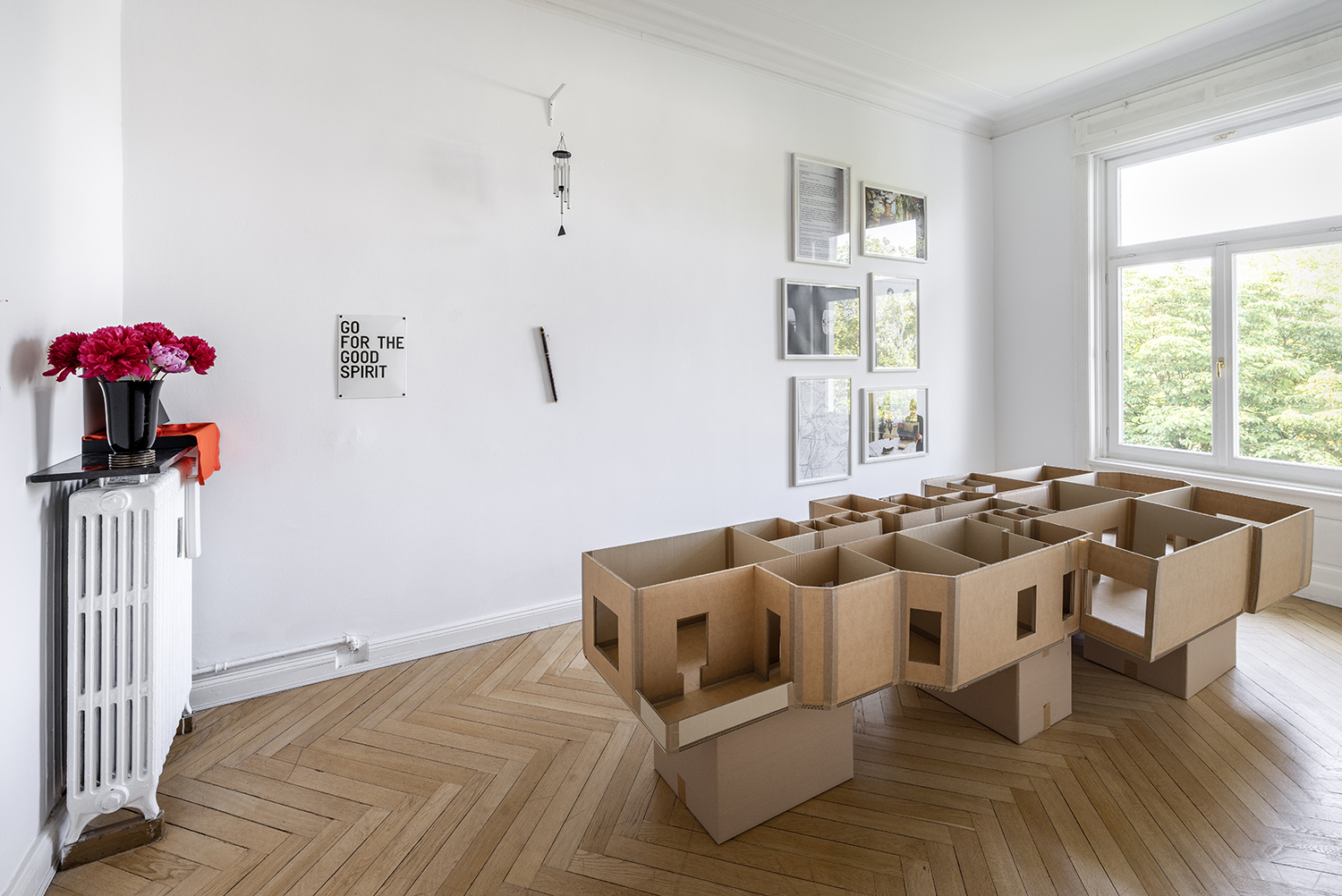
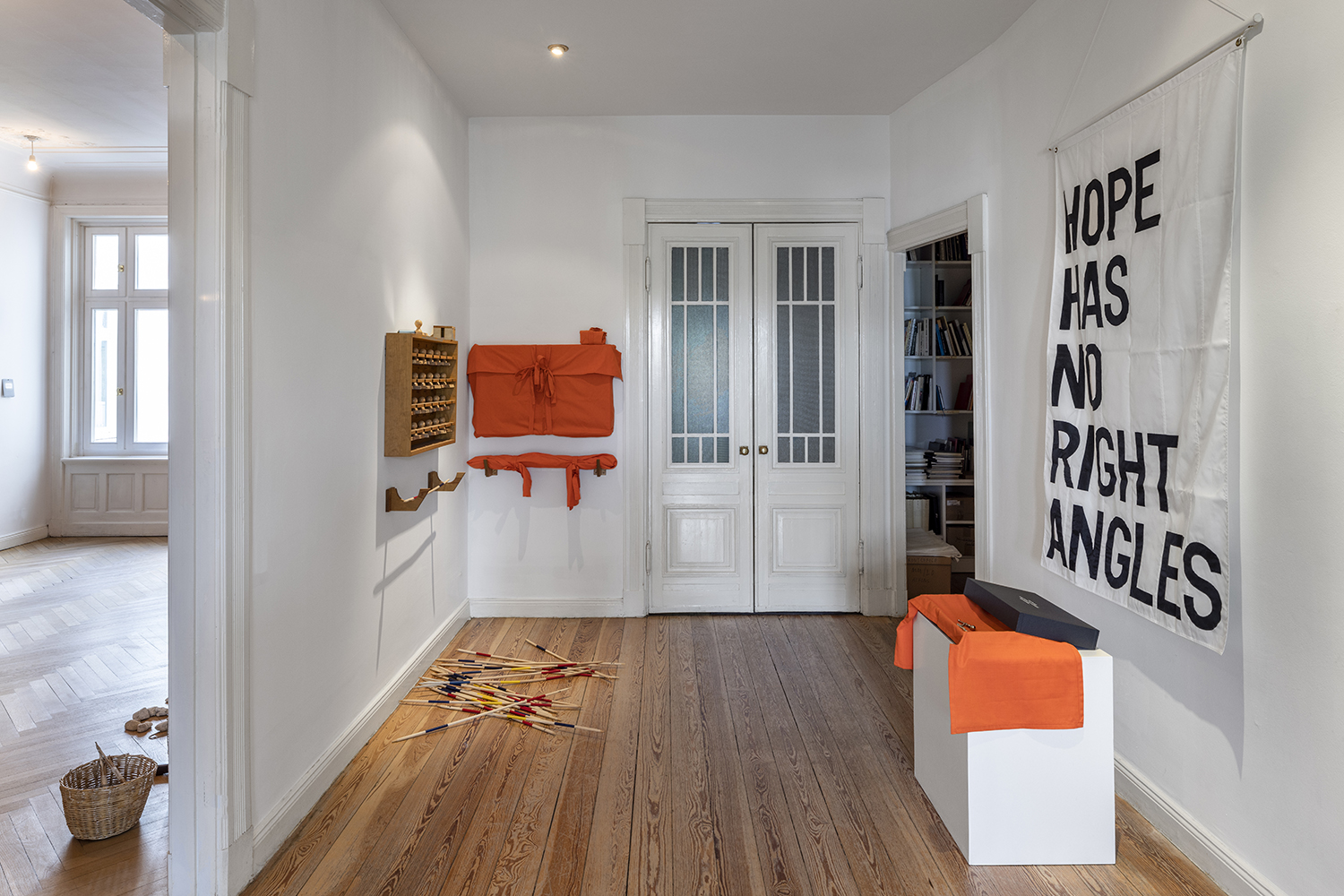
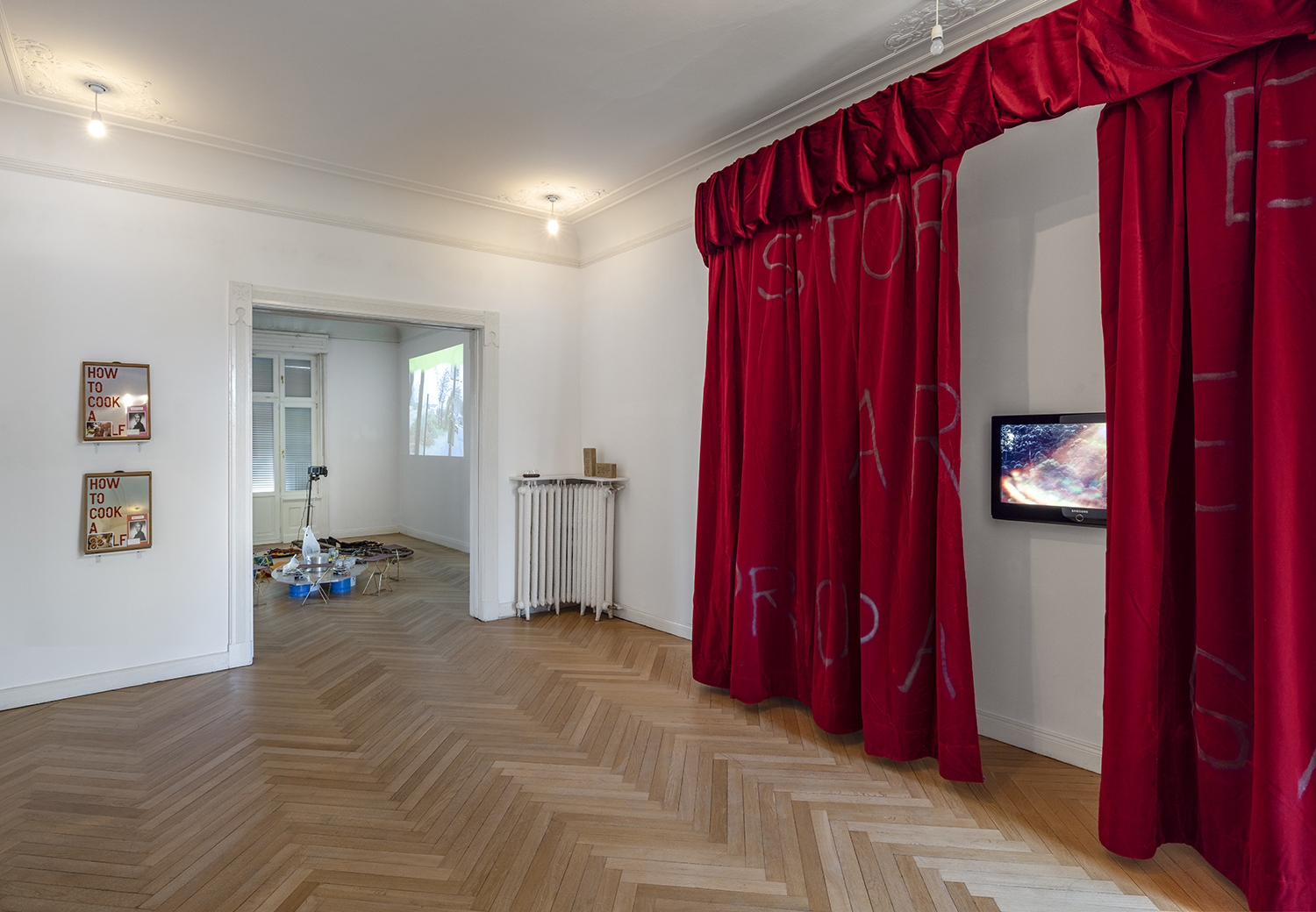
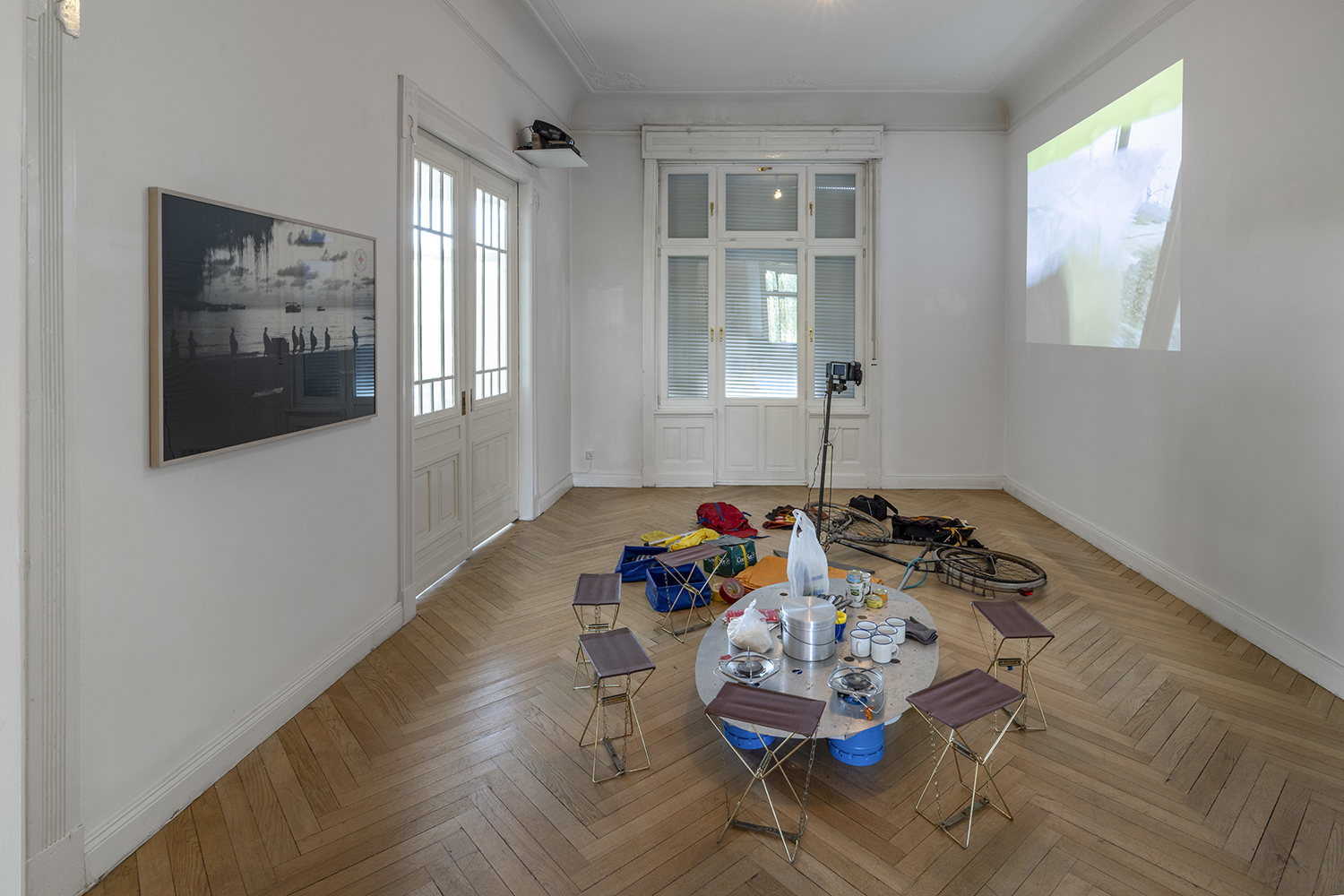
Rirkrit Tiravanija
untitled 1968 (mr. spock)
Klosterfelde Hamburg
Isestrasse 125, 20149 Hamburg
Click here for the English PDF with further details.
In 1994, Rirkrit Tiravanija slowly wheeled a bicycle replete with an aluminum folding table and cooking utensils from Madrid’s airport to the Museo Reina Sofia. Over the course of the nearly 15 km journey, the artist prepared meals for passersby or engaged in random interactions. A video captured the duration of this slow pilgrimage and the open-ended social encounters it produced, resulting in the installation untitled 1994 (from barajas to paracuellos de jarama to torrejon de ardoz to san fernando or coslada to reina sofia), which was installed in the same museum the following year in Dan Cameron’s exhibition Cocido y crudo [The Raw and the Cooked].
Four years after this work was made, French curator Nicholas Bourriaud wrote his canonical text Relational Aesthetics, which articulated a theoretical framework for contemporary artistic practices rooted in collaborative frameworks and ephemeral interpersonal exchanges. In observing such practices, he writes, “we ought to talk of ‘formations’ rather than ‘forms’ […] Each particular artwork is a proposal to live in a shared world, and the work of every artist is a bundle of relations with the world, giving rise to other relations, and so on and so forth, ad infinitum.”(1) Rirkrit Tiravanija’s ephemeral, synergetic practice—rooted in notions of nomadism, community, hospitality, and reciprocity—in many ways encapsulates Bourriaud’s contention that the relational artist “catches the world on the move: he is a tenant of culture, to borrow Michel de Certeau’s expression.”(2)
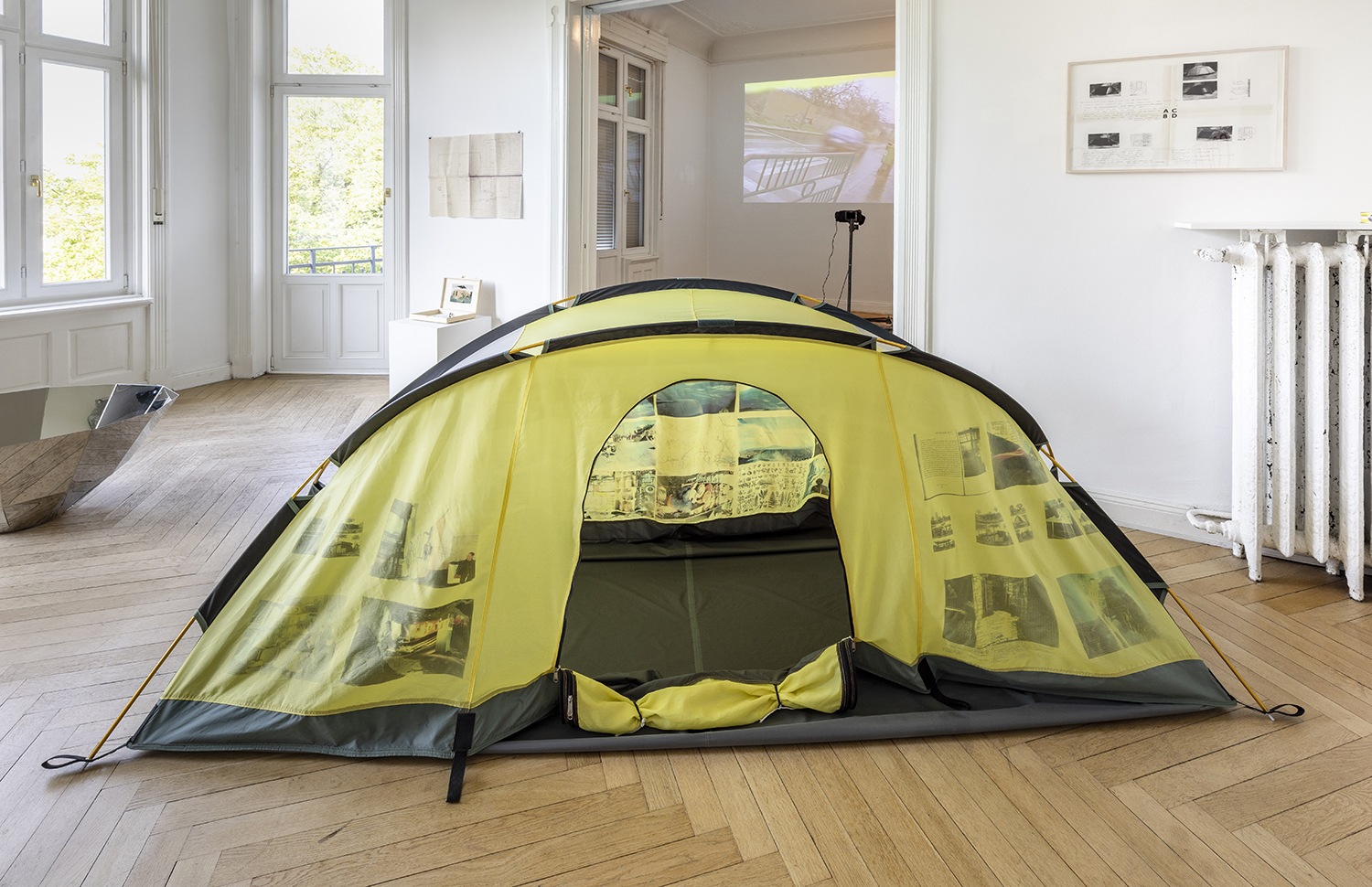
The exhibition untitled 1968 (mr. spock), which features installations, videos, photographic works, and editions made between 1968 and 2021, underscores the peripatetic nature of Rirkrit Tiravanija’s practice. His series of photographic collages untitled (atlas) function as a kind of mental map for a mind on the move. These diaristic works, made between 1995-2006, document particular time periods from Tiravanija’s life through a constellation of maps, exhibition documentation, recipes, literature, and photographs of temporary dwellings, among others. untitled 1995 (tent installation) comprises a simple camping tent with an inner layer printed with similarly associative photos, maps, and miscellany, which forms a flexible, practically nostalgic emotional architecture.
Today, works like untitled 1995 (tent installation) and untitled 1993 (rucksack installation), with its map and portable cooking utensils, take on a pressing social and political resonance in terms of the waves of forced migration seen over the past decade. In today’s context, such accumulations of associative images and text not only gesture towards our increasingly globalized, mobile world, but also the fragility of human life and the memories we carry with us. Tiravanija’s broader conceptual engagement with notions of refuge and possibility also extends to creating open spaces without prescribed formulas of how one should behave or activate his proposals, as seen in myriad interventions in museums and galleries throughout the arc of his career where he left these structures open for any kind of use outside of normal visiting hours.
Although known for orchestrating open-ended social scenarios, which involve circles of both strangers and friends, or in Tiravanija’s words, “a lot of people,” an intimate undercurrent runs through the exhibition. The work untitled 1999 comprises an architectural model of the apartment on Isestrasse 125, which houses the current exhibition, alongside faxed instructions that Tiravanija devised to energetically improve the space according to Feng Shui principles.
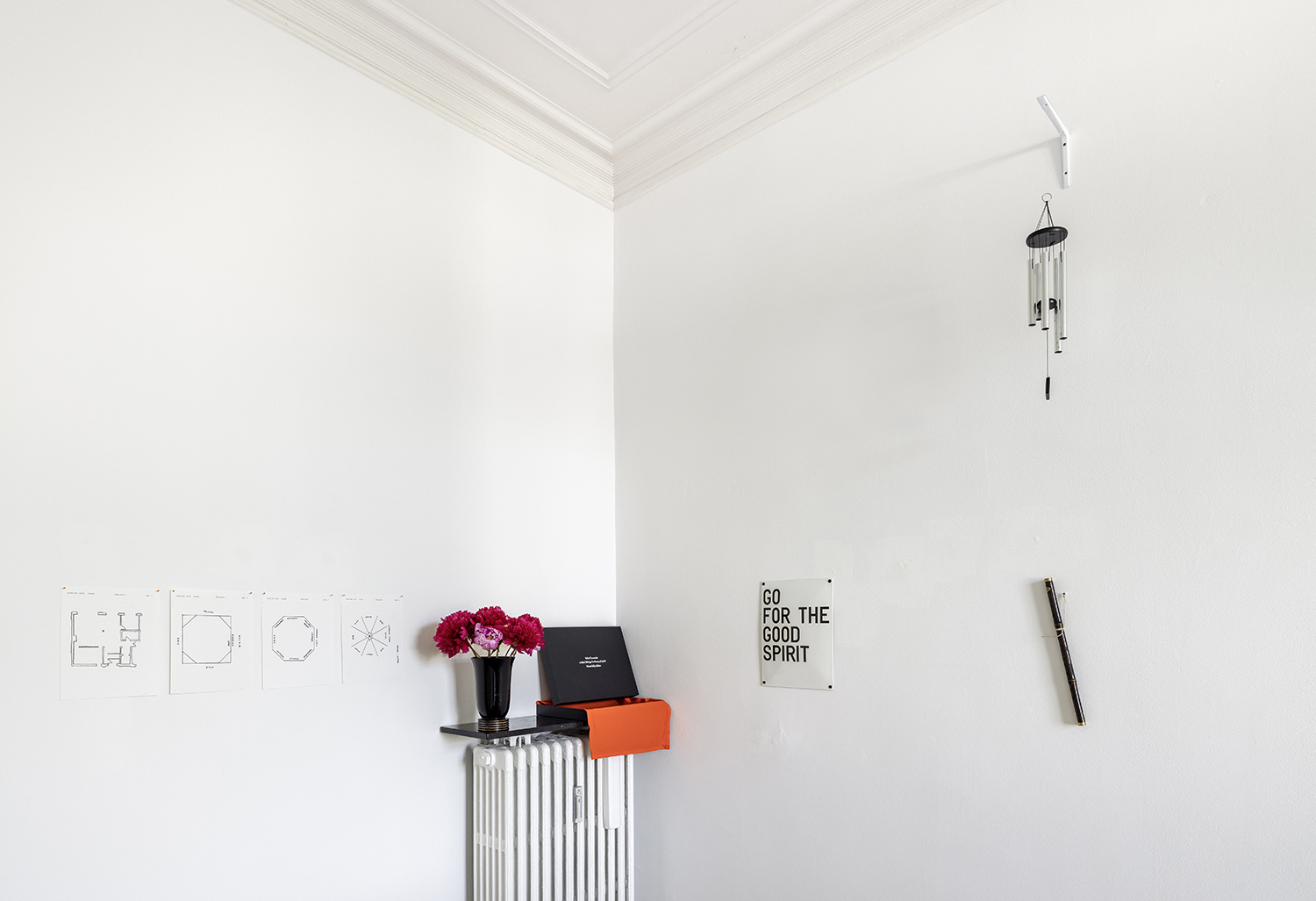
Recreating the home of the Klosterfelde family and suggesting improvements recalls earlier works such as untitled 1996 (tomorrow is another day) in which Tiravanija installed a full-scale plywood replica of his New York City apartment in the Kölnischer Kunstverein, complete with functional kitchen and bathroom, which visitors were welcome to use around the clock for whatever purpose they wished.
While the Argentine-born, Thai artist’s persona as a hospitable nomad looms large in much of the writing about his practice, he himself seldom appears in his own works. untitled 1968 (mr. spock) depicts the artist and his sister. Shot by their father in Addis Ababa, the photograph shows Tiravanija at age 7 wearing what he considers to be his first artwork: a set of plasticine Mr. Spock ears that he had sculpted himself. The works in the exhibition are drawn from the collection of the Klosterfelde Family, Tiravanija’s longtime friends and collaborators, and complemented by editions produced together mostly through Klosterfelde Editions.
Jesi Khadivi
(1) Nicholas Bourriaud, Relational Aesthetics (KTKT: Presse du Real, 19xx), 21-22.
(2) Ibid, 14.
Copyright: the artist
Courtesy: Klosterfelde Collection & Klosterfelde Edition
Photos: Helge Mundt
